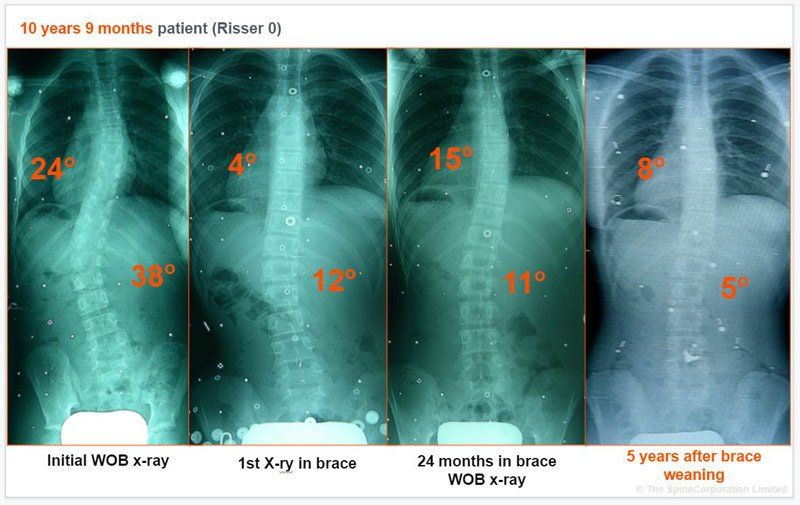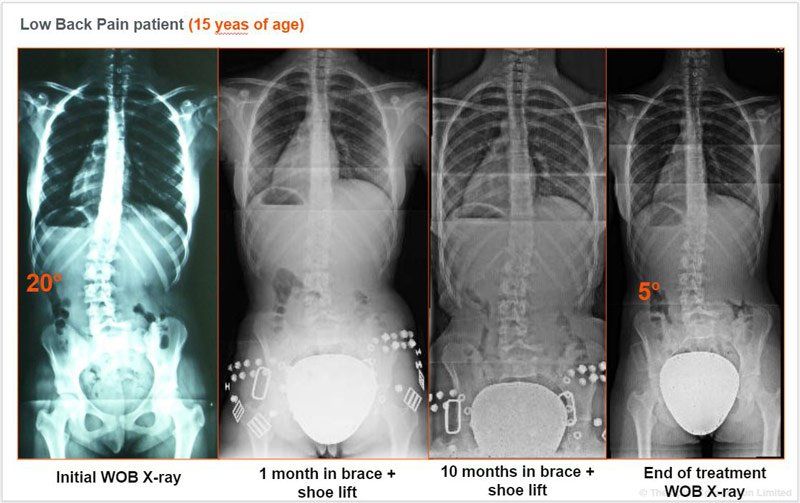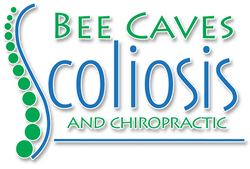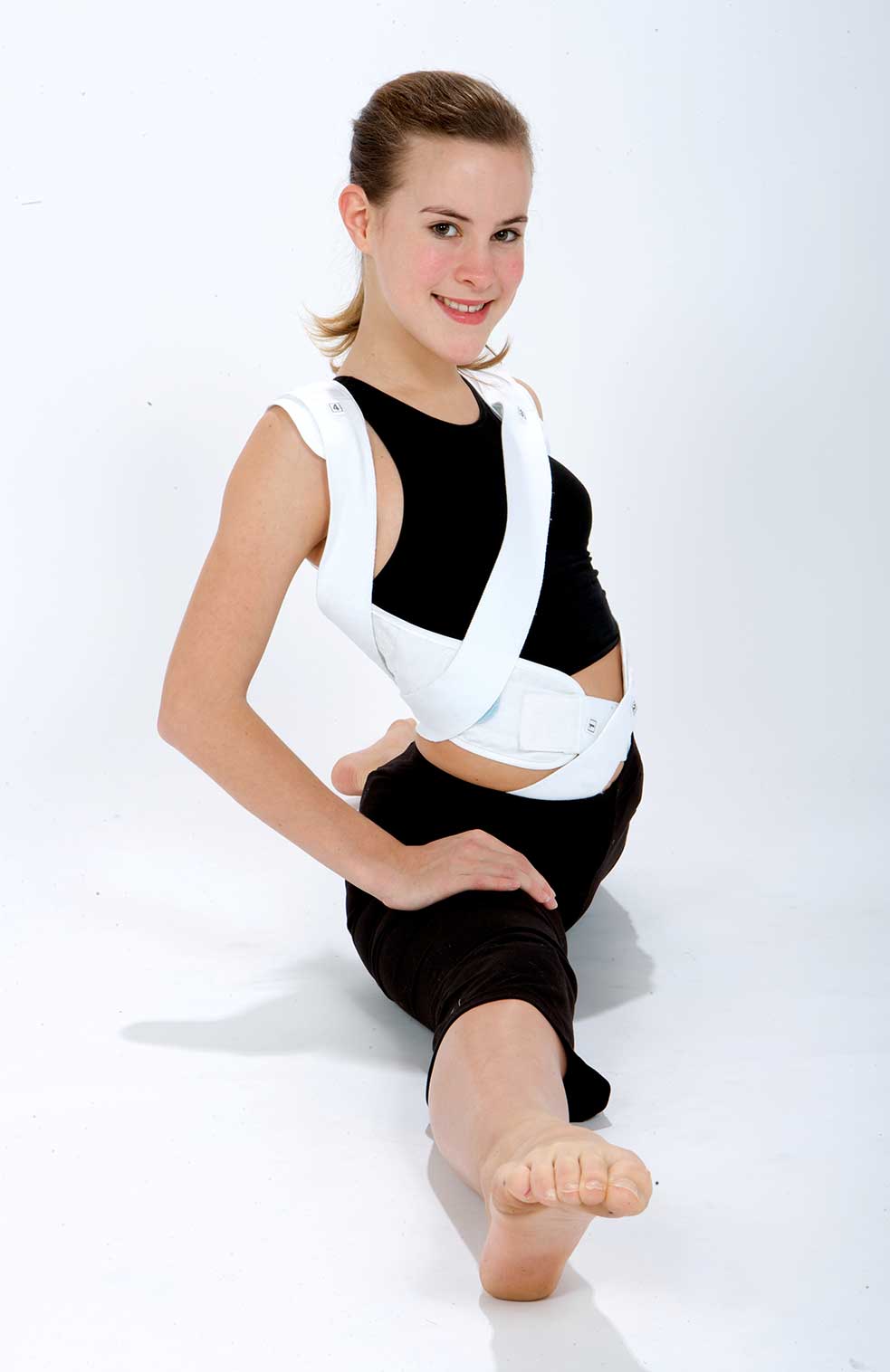Scoliosis Treatment with Flexible Dynamic Scoliosis Bracing
NON-SURGICAL SCOLIOSIS TREATMENT
For children, SpineCor braces enable the child's body to develop naturally as they grow, while the curve-specific brace configurations provide localized control of the scoliosis. Our different braces offer treatment options that match a patient's particular needs. Our adult patients find pain relief and spinal stability with non-surgical scoliosis treatment options.
Treatment Options
We offer different bracing systems and exercises that create new neurological and musculoskeletal postural patterns that can correct spinal curves in adolescents. Our SpineCor brace can also provide adults with the pain relief and spinal stability they need.
SpineCor is a completely flexible bracing system that can be worn under your clothing and moves with you so that you can still comfortably enjoy your favorite activities. It works by simultaneously supporting your muscular, skeletal, and neurological systems, allowing new postural patterns to form.
(CMP) braces are rigid braces that can be used when SpineCor is not an appropriate treatment option or a nighttime-only brace is preferred. These braces combine alignment and elongation to treat spinal curves. They are specifically fitted to control the curve of each individual’s spine.
Specialized Treatment For Your Needs
Each scoliosis patient has different needs and objectives. Providing treatment options for your non-surgical scoliosis correction and stabilization will facilitate improved outcomes due to higher patient acceptance. With multiple scoliosis treatment options available from Bee Caves Scoliosis and Chiropractic in Austin, Texas, we are confident that we can meet your non-surgical treatment goals.


Considerations With Adolescent Scoliosis Bracing
Scoliosis brace wear is a challenge, especially if you consider that the need for bracing usually begins between ages 11 and 16 - just before or during adolescence - which is a notoriously tricky time that already brings plenty of changes. Youngsters of this age no longer see the world through a child’s eyes. Instead, they begin to experience all kinds of doubts and insecurities, and sometimes they are unhappy about the changes in their appearance, or about having to wear dental braces or glasses. It is therefore entirely understandable that being prescribed a rigid bracing treatment can be upsetting for them, and also for their parents who would do anything to spare their child any suffering.
Adolescent Scoliosis
Adolescent scoliosis differs from that in adults because young bodies are still developing. If the spine begins to curve abnormally, it can create postural disorganization of the whole body, which results in skeletal dysfunction that is reinforced through neurological feedback loops. This is the challenge of treating Idiopathic Scoliosis.
Adolescent Scoliosis Bracing
The SpineCor Corrective Pediatric Brace helps children of all ages. The most common age group is adolescents ages 11-16. The SpineCor scoliosis brace is most effective when bracing starts before the 1st growth spurt, in what is called Risser 0 of the ossification process. However, the SpineCor scoliosis brace has been shown to be effective in more advanced years of maturity, Risser Signs 1-3, as well. Compliant patients get better results. For most patients, the SpineCor brace is the most comfortable, wearable, efficient and successful brace available. Therefore, the acceptance rate is high.
The SpineCor concept is unique in the fact that the results are achieved not so much by the brace but by the interaction of the brace with the patient's Corrective Movement. Researchers at the St. Justine Children’s Hospital in Montreal Canada developed corrective movements for all types of idiopathic scoliosis to “open up” or correct the curves. The patient is then braced in that corrective movement and held there 20 hours per day by the elastic bands that make up the scoliosis brace. Elastic bands provide the efficacious action in the brace. As the patient goes through the movements of the day, they stretch the elastic bands and the bands then resist and pull them back into the corrective movement. This stimulates the growth centers in the deformed vertebra and it stimulates the neuromuscular system. Over time, the gentle resistance of the brace and the reprogramming of the body's neuromuscular pattern stabilizes and corrects the scoliosis in 89% of patients. Patients who use SpineCor are almost 50% less likely to need surgery compared to users of the Boston brace. Think of SpineCor as band-assisted rehab.
Advantages for patients include:
- Normal body movements and growth.
- Allows normal activities of daily living and sports practice.
- Comfortable and easily concealed under clothing.
- Good cosmetic appearance.
- Improved patient self-image.
- Better acceptance and compliance with treatment.
If your child is interested in a nighttime-only brace or is not a candidate for the SpineCor program, consider our Corrective Movement Principle (CMP) braces. These braces combine alignment and elongation to treat scoliosis curvatures. They are specifically designed to control the curve of each individual’s spine.
For more information about childhood scoliosis and our braces for children with scoliosis, contact Bee Caves Scoliosis & Chiropractic in Austin, TX, by calling (512) 327-5311 or by filling out our online contact form.

